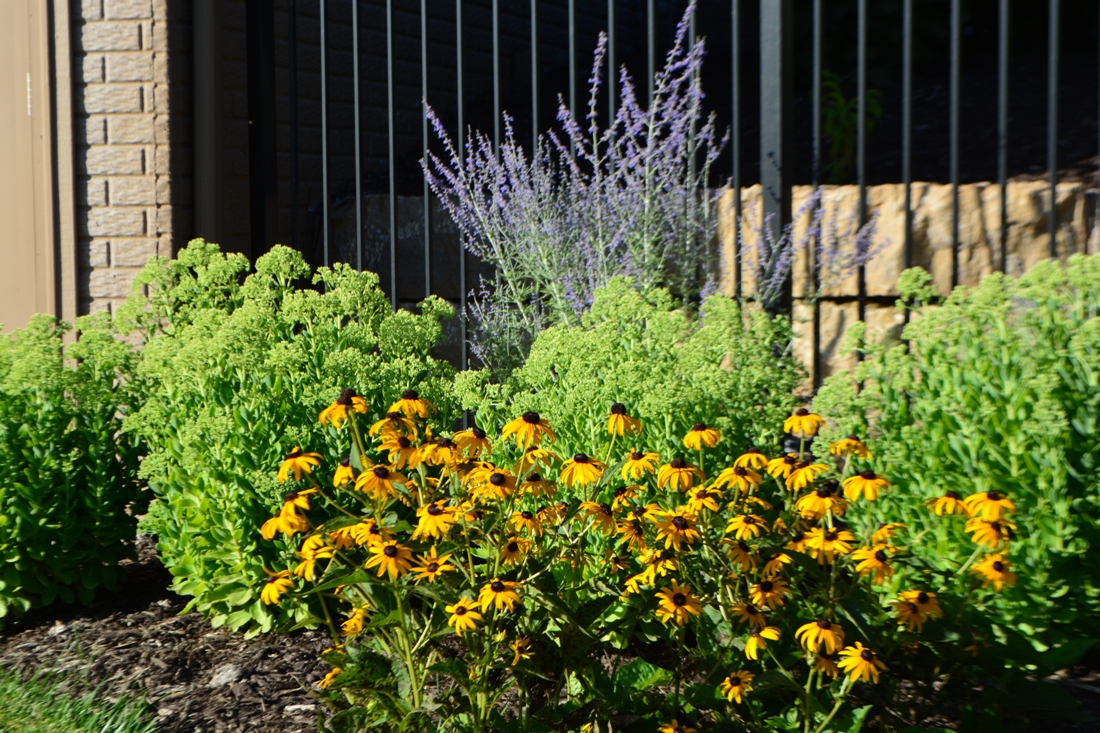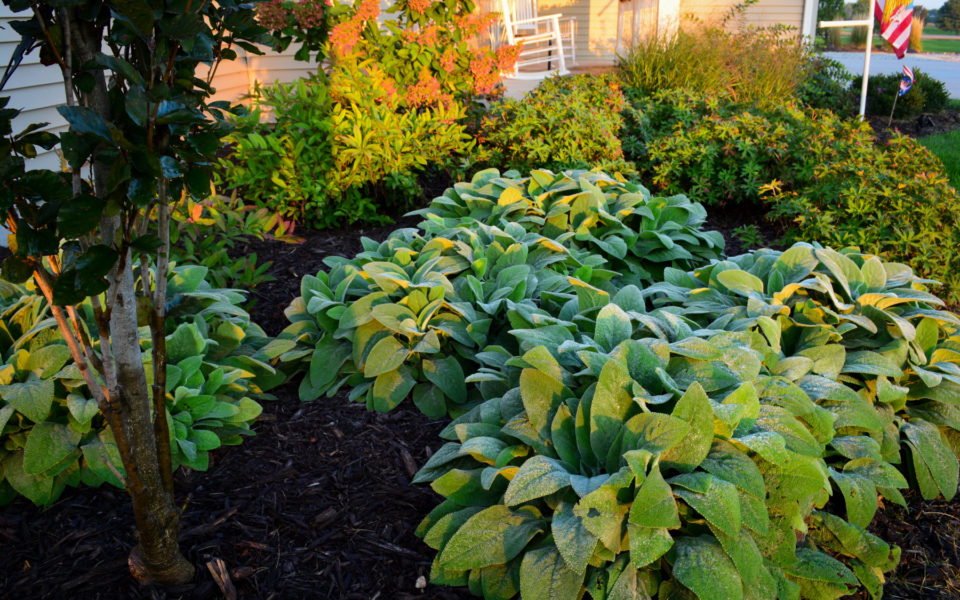New Landscaping Care
New Landscaping Care
Your new landscaping is a growing investment. Take care of this investment by putting in the necessary time and materials needed to get your new landscaping off to a healthy start. The following are some guidelines to help make sure that your plants are receiving adequate care:
Watering: Hand watering is critical until plants are established. Rain water is almost never enough and not properly timed for new plant initiation. Also, sprinkler systems can provide tremendous relief from hand watering, but, unless they were designed to water landscaping, you will need to hand-water regularly.
Fertilizing: New planting beds should contain a topsoil compost mix to improve the existing soil and get the plantings off to a good start. Additional fertilizing is not recommended during the first growing season. Perennials and annuals, however, can benefit tremendously from a regular application of a water soluble plant food during the growing season.

Russian Sage, Autumn Joy Sedum and Rudbeckia provide summer color.
Mulching: A 3 to 4 inch layer of mulch is recommended around all new plantings to retain
moisture, keep the root system cooler and to discourage weeds. This mulch layer may need to be replenished from time to time to increase its thickness for
maximum benefit.
Established Landscape Care
Pruning: Pruning should be done at the proper time of year. A general rule of thumb is
Prune spring flowering shrubs after they have finished blooming. Prune
summer flowering shrubs in fall or early spring; and prune fall blooming shrubs
early the next spring. For some perennials and roses, regular pruning will encourage additional blooms.
As the landscape becomes established watering needs will be less frequent. Putting in the time and investment to prune, fertilize and mulch annually will keep plantings healthy and provide years of enjoyment.


